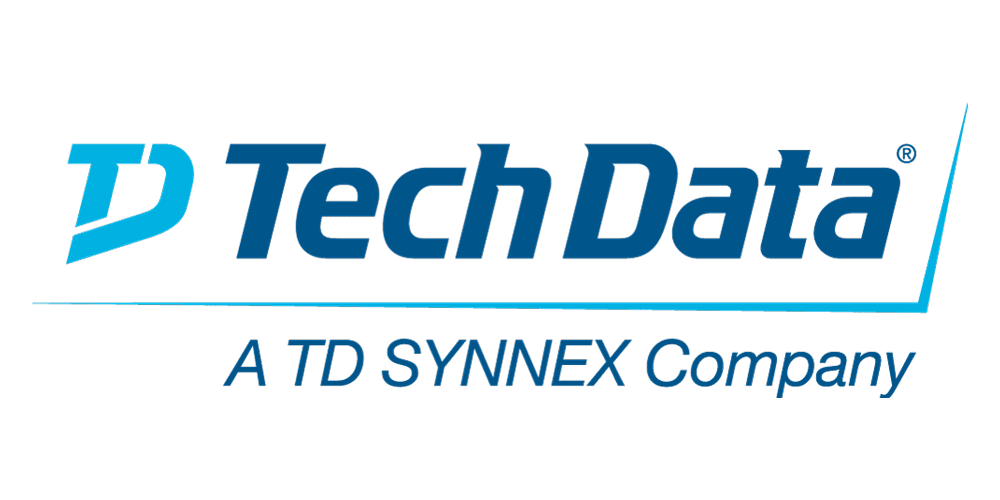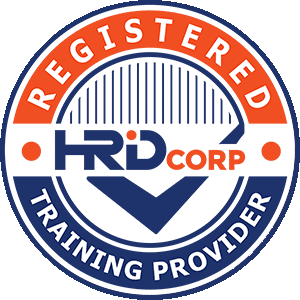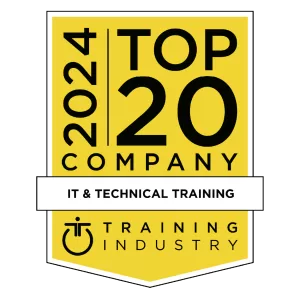This WM253G: Designing, Implementing, and Managing IBM MQ v9 Clusters course prepares you to plan, design, configure, and administer IBM MQ clusters.
After a review of IBM MQ, the course explains the similarities and differences between administration of a cluster and administration of a distributed message IBM MQ environment. You learn cluster specific commands and procedures, and explore the role of a cluster in a highly available IBM MQ infrastructure. You learn how to do a detailed verification of a new cluster configuration, review and identify all resulting components, and troubleshoot problems.
You also learn about cluster administration, workload balancing, security, and use of publish/subscribe clusters. You learn how to recognize when a problem is due to connection authentication, channel authentication, or object authorizations. You also learn about design options such as overlapping clusters and use of clusters with z/OS queue sharing groups. Many of the considerations in this course are based on actual engagement experiences.





